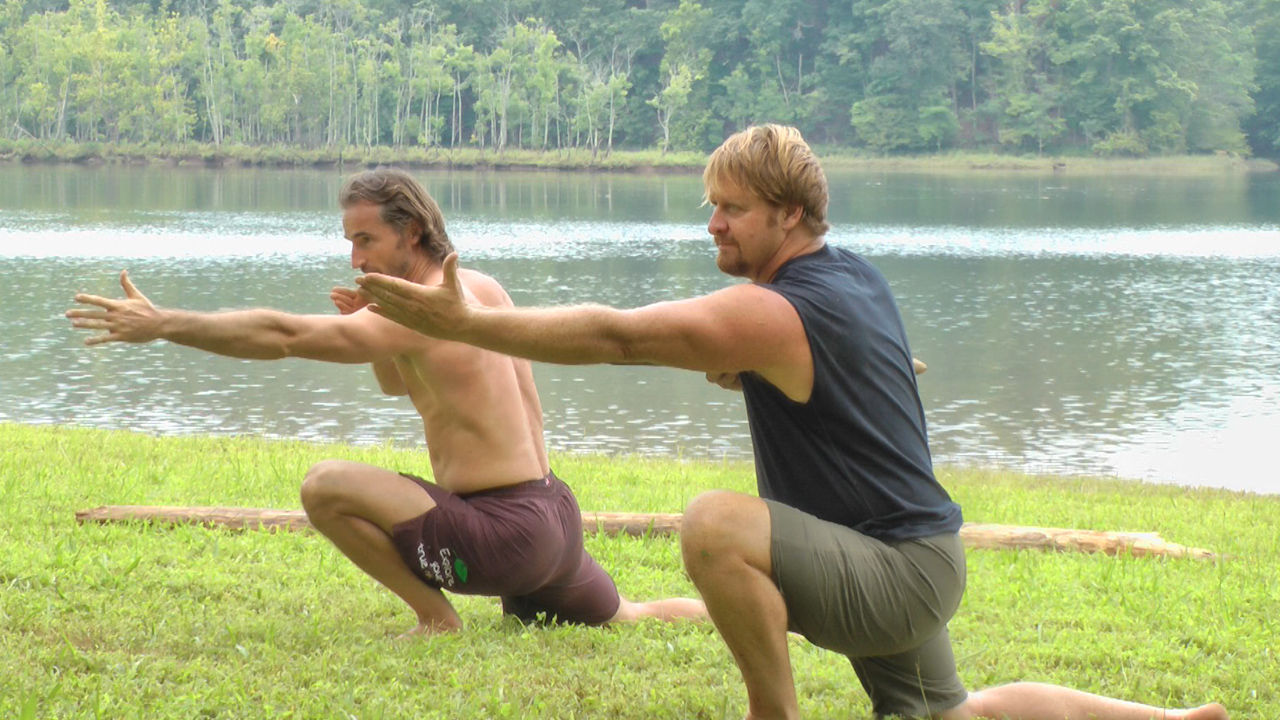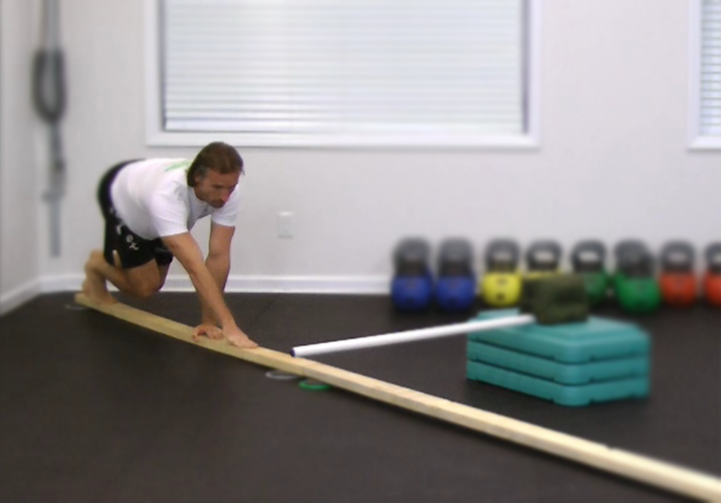The Future of Exercise Program Design: A Standard Operating Procedure
If you have been following my post(s) over the last couple of years you have noticed that I talk alot about my biggest passion in Sports Medicine: Injury Prediction and the art and science of Pre-participation Physicals and improving Return to Sport Testing. Another area in Sports Medicine, Health and Fitness, also deserves our attention. Health and Fitness is the general term(s) we use to describe the attempt by individuals in the general population to stay active. As personal trainers and strength and conditioning coaches the majority of our clientele are drawn from this group. If you have not questioned your standard program in a while it might be time. If you have not attended a continuing education workshop or symposium in a few years you are over due. And if you are running your gym the way you "always" have I added a few links to guide you in the right direction.
Ok, ok I hear ya "Paul, I am up to date on my education, techniques and business model", "I need to know how to implement the testing and training model you suggest into "my client population".
Well here you go. In one jam packed DVD set. The Future of Exercise Program Design: A Standard Operating Procedure
-Awkward
-Disconnected
-Intimidated
The 3 things that many (be honest-most) of personal training clients feel when beginning and performing some the the programs we concoct for them. These 3 things greatly limit our ability to help our clients achieve their goals. That said a central component of becoming a master training/instructor is to first become a student/client. Get uncomfortable and explore methods and instructors that push you out of your "normal" program. I think you'll be surprised what you learn.
In this first disk Gray Cook PT does a fantastic job of providing you the information necessary to understand why we as fitness professionals need a standard operating procedure for starting our clients in programs. We have to begin with a baseline set of measures. A baseline measure which helps us identify potential for dysfunction. A Red Flag. Cook explains that once red flags have been removed "taken off the table" we can apply our methods of choice (yoga, kettlebells, Pilates) and the S.A.I.D. Principle by manipulating frequency, intensity and duration.
But before we begin to apply all the cool exercises and methods we know it is our responsibility to determine if the individual in front of us has the requisite joint mobility and postural stability to perform body weight resistance movements in a competent manner. Gray gives us the tools and insight to begin to see the needs of our clients first and a system to help us measure our intake processes before designing programs.
Disk 2 & 3 "The How"
Lee Burton and Alwyn Cosgrove help us by asking hard questions such as "What are you doing and Why are you doing it?" Learning for us as fitness and healthcare professionals can also be Awkward, Intimidating and Disconnected, but we have to be willing to be life long learners. Lee and Alwyn teach us how to successfully implement a standard operating procedure into our system and obtain laser focused results for our clients by giving them what they need in order to achieve their desired results.
These 2 disks cover case studies that cover the spectrum of clientele that we all can relate to.
These case studies walk you though the steps of formulating an effective client specific program to give the results your clinets want.
Bonus material on the disk set includes slides from the talks, further background articles, handouts and resources to facilitate you in the utilizing this information.
After completing this DVD educational set you'll be better equipped to answer the questions What are you doing, and Why are you doing it?









.MTS.Still003.png)























 The Corrective Exercises should be utilized pre-activity as a movement prep and then again after activity or sport to help re-establish fundamental movement patterns.
The Corrective Exercises should be utilized pre-activity as a movement prep and then again after activity or sport to help re-establish fundamental movement patterns.


